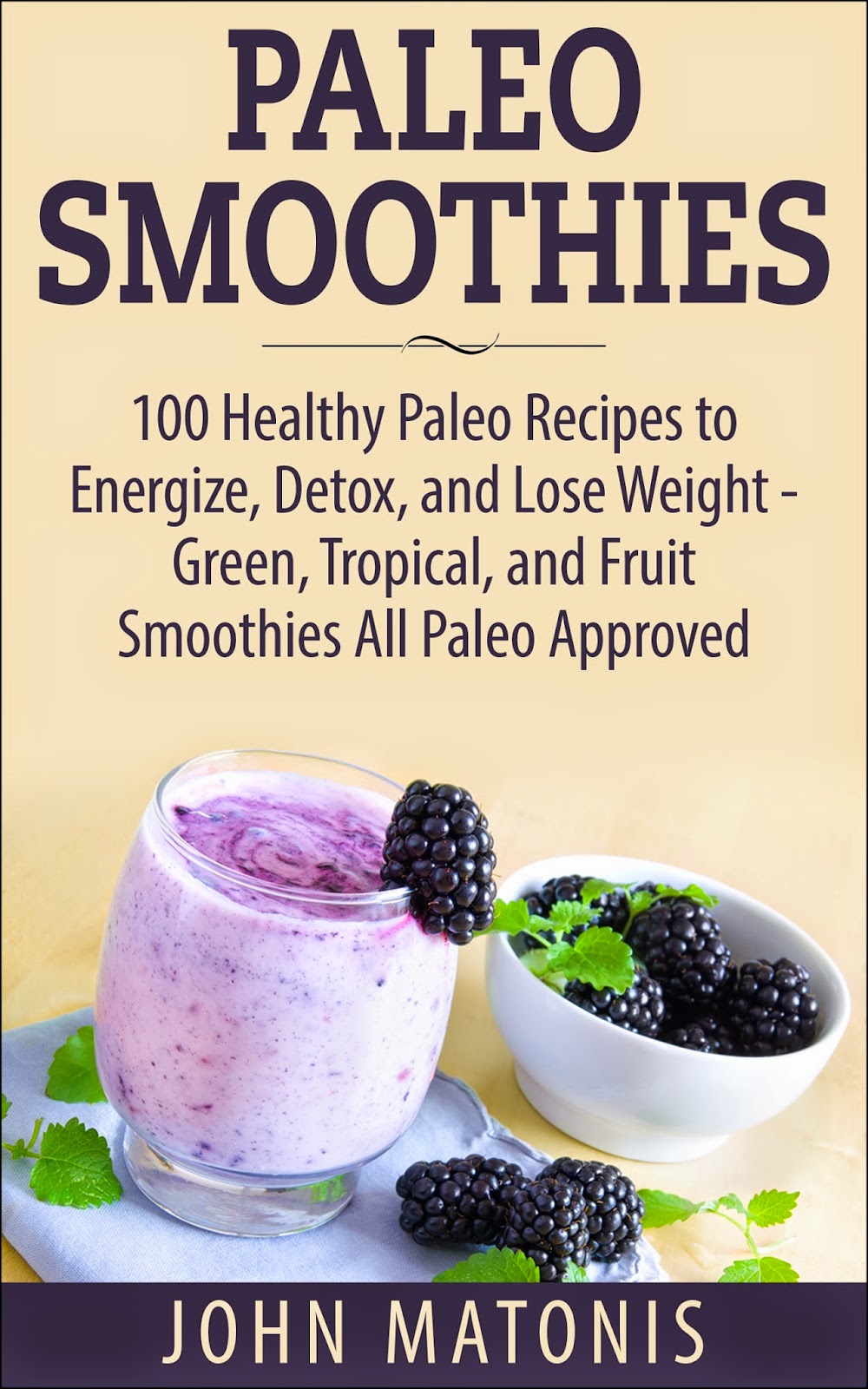You hear everybody talking about protein when it comes to bodybuilding, but in reality athletes benefit the most from the amount of carbohydrates stored in the body.
In the early stages of moderate exercise, carbohydrates provide 40 to 50 percent of the energy requirement.
Carbohydrates yield more energy per unit of oxygen consumed than fats. Because oxygen often is the limiting factor in long duration events, it is beneficial for the athlete to use the energy source requiring the least amount of oxygen per kilocalorie produced.
As work intensity increases, carbohydrate utilization increases.
A healthy bodybuilder's diet will incorporate a lot of protein. It is crucial for muscle development, burning unwanted fat, and promoting the overall wellness our tissues and organs. You have to be consuming 1 gram of protein for each pound of your body weight. Athletes should increase that amount up to a gram and half a per day.
Chicken and turkey are excellent sources of high quality protein
Also poultry is extremely low in saturated and trans fats. Chicken and turkey breasts should be a staple for every serious trainer and bodybuilder's diet.Egg whites have a protein to fat ratio of 60:1
Making it one of the purest forms of protein. This muscle-builder also possesses an extremely high biological value - meaning that much of the protein absorbed is readily utilized by your body for protein synthesis.Another excellent massbuilding food is lean ground beef and cuts of red meats
Rich in protein, iron, zinc and B vitamins. Red meats are high in calories, making it an excellent choice for those looking to bulk-up and pack on some serious size.But lets remember, red meats do possess a higher level of saturated fats. Incorporate red meats on a weekly diet of chicken, turkey and fish - adding a little variety to your weekly nutrition plan.
The Paleo diet incorporates a lot of meats
The recommended protein intake per day is 1.0 to 1.2 grams of protein per pound of bodyweight.
Wow, that's a lot of protein. I don't know if I can get that much protein in my body...everyday....what about supplements.
Whey protein supplement is an excellent way to increase your protein intake throughout the day. It is also easy to prepare and consume. You will want to make a shake immediately after your workout and before heading to bed to ensure that you are getting the required protein into your system. If there is one supplement that should be incorporated into your diet, it should be whey protein.
Carbs are important to obtain the fuel your body needs to train heavy.
You diet should consist of complex carbohydrates in your daily eating regimen through starches and fiber. Meaning eating pasta, potatoes, whole grain and white rice, and whole grain breads--Try supplementing with powdered Carb Gain; it is cheap and gluten free.Fats may also be an important part of a bodybuilding diet. Fat also provides body fuel. For moderate exercise, about half of the total energy expenditure is derived from free fatty acid metabolism. If the event lasts more than an hour, the body may use mostly fats for energy. Using fat as fuel depends on the event's duration and the athlete's condition. Trained athletes use fat for energy more quickly than untrained athletes.
The important thing for including fat in your daily eating regimen is usually to consume the good fats as opposed to the nasty ones. Omega 3's are unsaturated ones present in oil or flaxseed oil.
It is also wise to have adequate fiber in your physical exercise program diet. Fiber helps your body flush out impurities regularly and helps contribute to weight loss.
Finally, you'll want to include a a large amount of vegetables in your diet as well as a moderate amount fruit. Fruits and vegetables contain essential vitamins and nutrients that your body needs to function efficiently.
A great physical exercise program diet is one that is balanced and nutritious. You need to consume the majority of your protein and carbohydrates in the morning and eat five or
six small meals daily instead of three large ones. A good diet it is recommended to effective body building, so know what your body needs and then aim for it.







